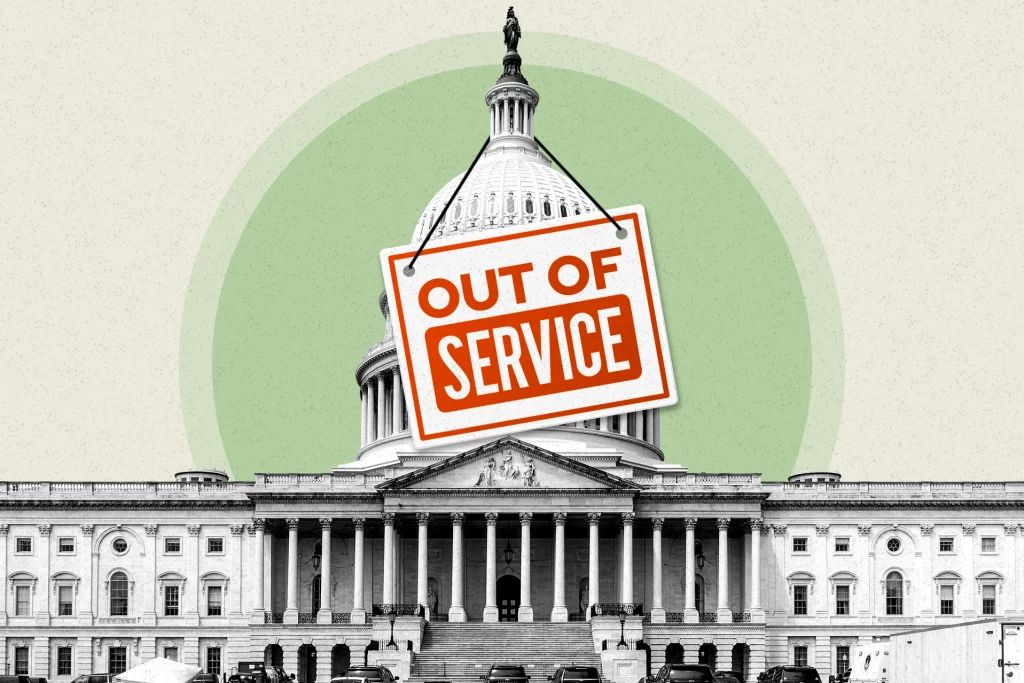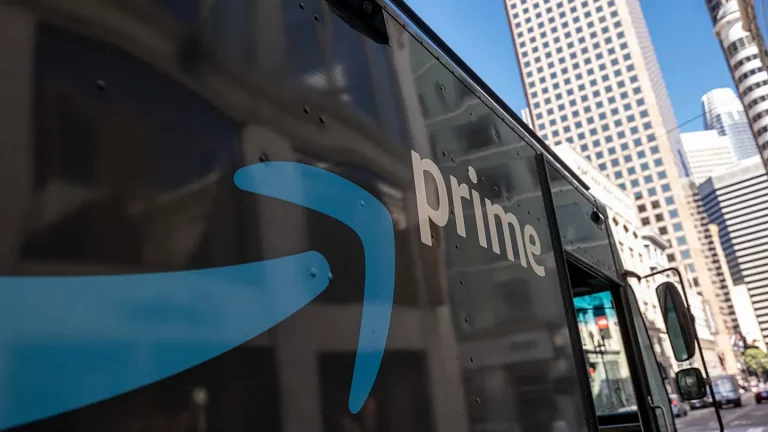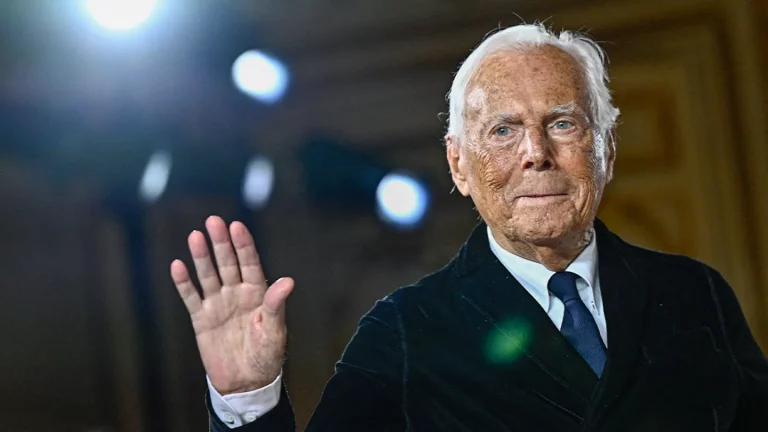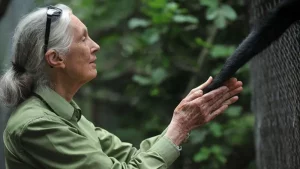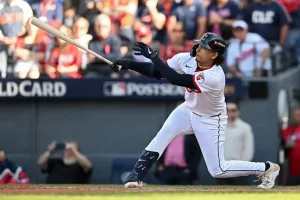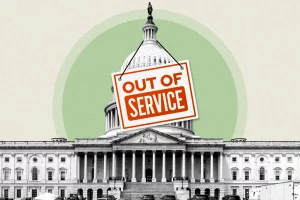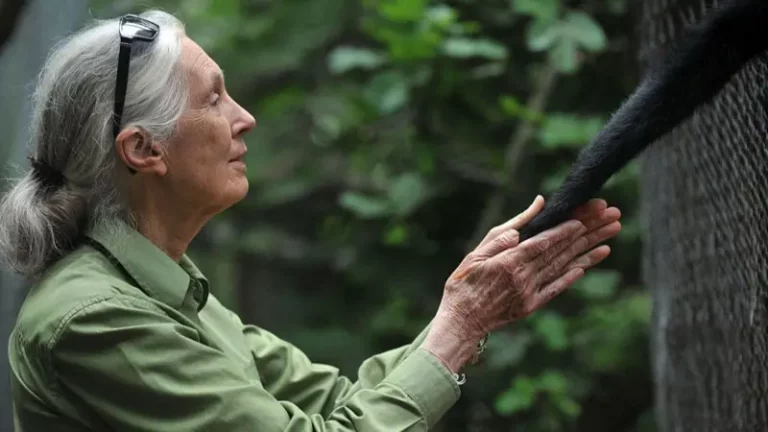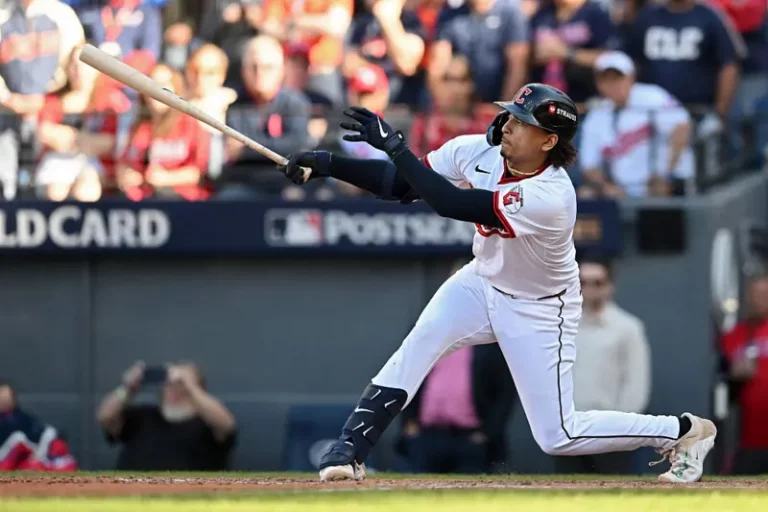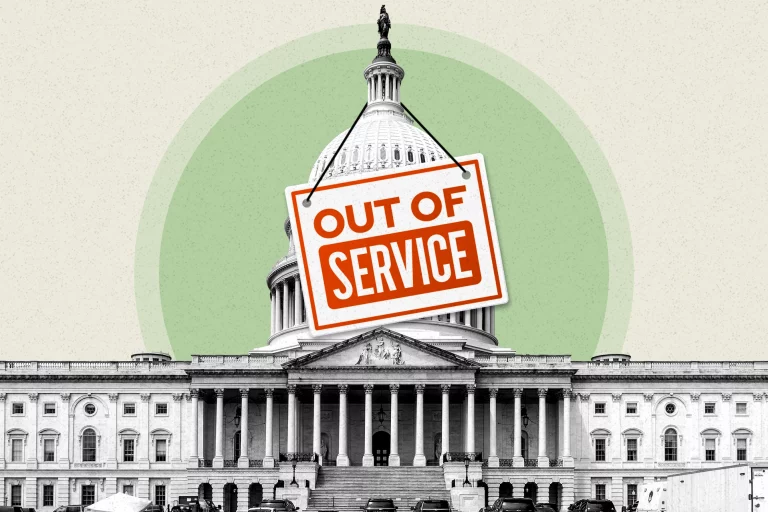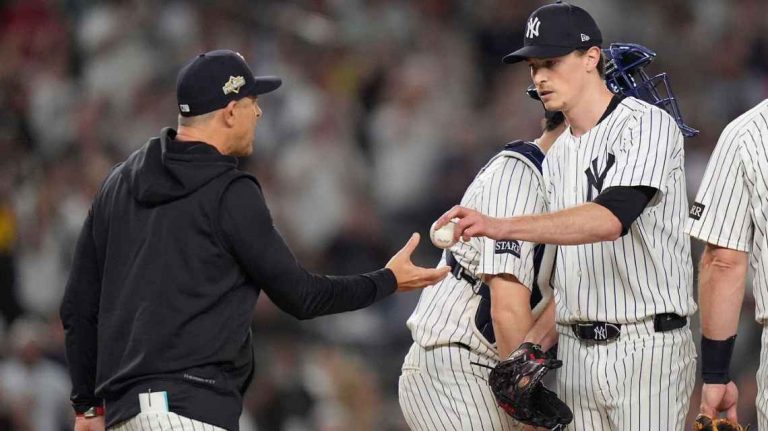Shutdown takes effect as Trump and Congress deadlock
The federal government shut down at midnight after a deadlocked Congress failed to reach a funding deal, marking the latest in a cycle of federal government shutdowns. Republicans and Democrats remain at odds over enhanced Obamacare subsidies, with both sides blaming the other. Leaders say talks continue, but no agreement has been reached.
Time since shutdown: 13 Hours
Who is affected and what stays open
Federal workers bear the brunt when the government shuts down. Every shutdown differs, but agencies and activities deemed essential remain open. Air traffic controllers and TSA agents, for example, are working without pay, as unions warned Congress before the lapse. Agencies were told by the White House budget office to prepare plans that could include mass firings if funding isn’t restored.
• Essential services remain operating without pay.
• Nonessential staff face furlough or possible layoffs.
• Contingency plans vary by agency; we’re tracking which programs are affected.
Political stalemate: votes, side talks and Senate gridlock
Lawmakers tried and failed repeatedly to advance stopgap funding bills. The Senate failed to advance the Democratic stopgap in a 47–53 vote and then failed to move the Republicans’ stopgap in a 55–45 vote. Republicans need 60 votes to overcome the filibuster and pass the House-passed seven-week measure.
Senate Majority Leader John Thune suggested some Democrats are “looking for a way out” by holding private talks with GOP senators on enhanced Affordable Care Act subsidies, but he said any real talks must wait until the government reopens. “I think they’re looking for a way out, but the way out is to open up the government,” Thune said.
Independent Sen. Angus King said he stands by his vote to keep the government open and will not change it.
Warnings and warnings about firing federal workers
Office of Management and Budget Director Russ Vought has floated freezing funds and laying off thousands of federal workers during the shutdown — a move that has sharpened intra-party concern. GOP Sen. Kevin Cramer warned that firing federal workers could cause a political “backlash” and complicate future votes, saying it could make policy work more difficult. Sen. Chuck Grassley reacted personally for his unpaid staff: “You can’t afford to live in this town without a regular paycheck.”
GOP Sen. Bill Cassidy said he was not following the story closely and would research it further.
National parks and public safety concerns
The Interior Department’s contingency plan allows national parks to stay partially open, but park advocates called that “dangerous.” With more than 9,000 agency employees potentially furloughed, groups warned leaving parks open without staff risks vandalism, poaching and slower emergency response. Some states have pledged to fund park operations to keep them open, but advocates point to past shutdown damage as a warning.
Who says the shutdown ends when — and how it might end
Republican leaders argue the shutdown will end only when Democrats back the House-passed short-term funding bill. House Speaker Mike Johnson said the stopgap is “absolutely sparkling clean” and not open to changes. Senate Republican leader John Thune held up the continuing resolution. And said, “It ends when the Senate Democrats pick this bill up.”
Meanwhile, bipartisan groups of senators kept rotating into animated floor discussions searching for a way out. But no consensus has emerged. The Senate is set to vote again on Friday.
For ongoing coverage of federal government shutdowns, including answers to “is the government shut down,” “what does the government shutdown mean.” And whether federal workers are furloughed. Follow TNN for updates, US news today and Canada news today.

